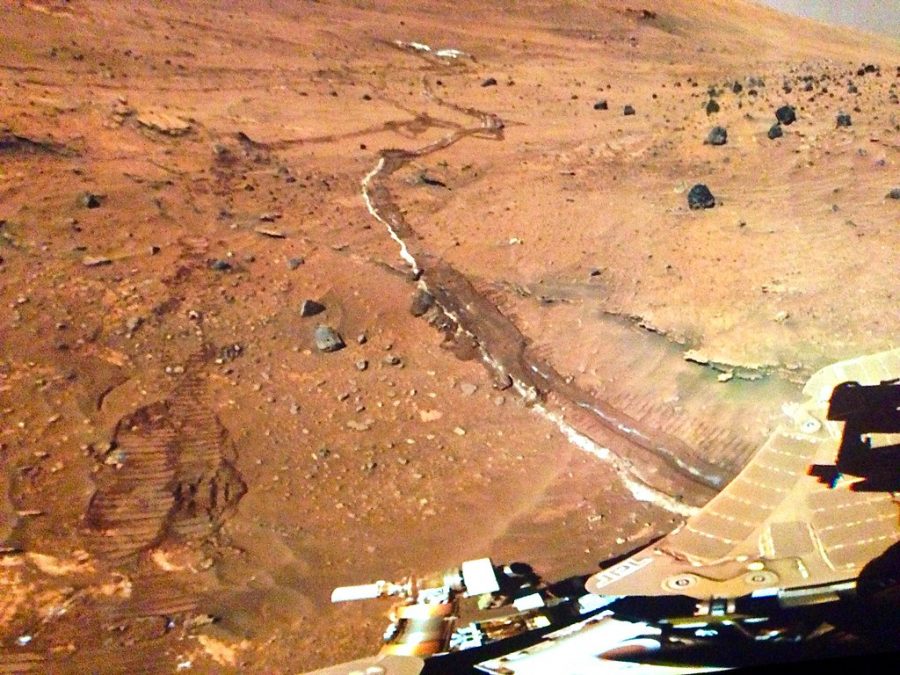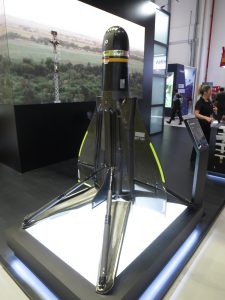NASA’s Perseverance rover continues to make history on Mars
May 8, 2021
Months after NASA’s Perseverance rover landed on Mars, the agency continues to make groundbreaking history and new discoveries on the red planet.
NASA’s Mars helicopter Ingenuity, became the first aircraft to make a “powered, controlled flight” on another planet on April 19.The Ingenuity team at NASA’s Jet Propulsion Laboratory discovered the helicopter’s success through the Perseverance rover during the early hours of the morning last month.
“Ingenuity is the latest in a long and storied tradition of NASA projects achieving a space exploration goal once thought impossible,” acting NASA Administrator Steve Jurczyk said in a NASA press release. “The X-15 was a pathfinder for the space shuttle. Mars Pathfinder and its Sojourner rover did the same for three generations of Mars rovers. We don’t know exactly where Ingenuity will lead us, but today’s results indicate the sky – at least on Mars – may not be the limit.”
Ingenuity’s successful flights since completing its historic first flight have many NASA officials hopeful that helicopters will be instrumental to the further exploration of Mars and “scout the way” for other rovers and potential astronauts to go to the planet, according to BBC News.
In addition to the success of Ingenuity, the Perseverance Mars rover successfully converted carbon dioxide from the planet’s atmosphere into oxygen after a test that took place on April 20, one day after NASA made headlines with the news of the first controlled flight.
A “toaster-size” instrument connected to Perseverance named the Mars Oxygen In-Situ Resource Utilization Experiment accomplished the feat that has many scientists excited about its future implications, according to NASA.
“This is a critical first step at converting carbon dioxide to oxygen on Mars,” Jim Reuter, associate administrator for Space Technology Mission Directorate said.
“MOXIE has more work to do, but the results from this technology demonstration are full of promise as we move toward our goal of one day seeing humans on Mars. Oxygen isn’t just the stuff we breathe. Rocket propellant depends on oxygen, and future explorers will depend on producing propellant on Mars to make the trip home.”
This development brings great hope that in the near future, oxygen can be isolated and stored on the red planet, which could help fuel rockets and potentially permit astronauts to explore and breathe on Mars’ surface.
“MOXIE isn’t just the first instrument to produce oxygen on another world,” Trudy Kortes, director of technology demonstrations, said.
“It’s the first technology of its kind that will help future missions ‘live off the land,’ using elements of another world’s environment, also known as in-situ resource utilization,” according to NASA.








Chris Smith • May 10, 2021 at 5:47 pm
Please keep articles like this coming. I really enjoy reading of these accomplishments.
Chris